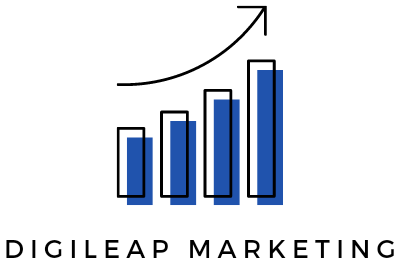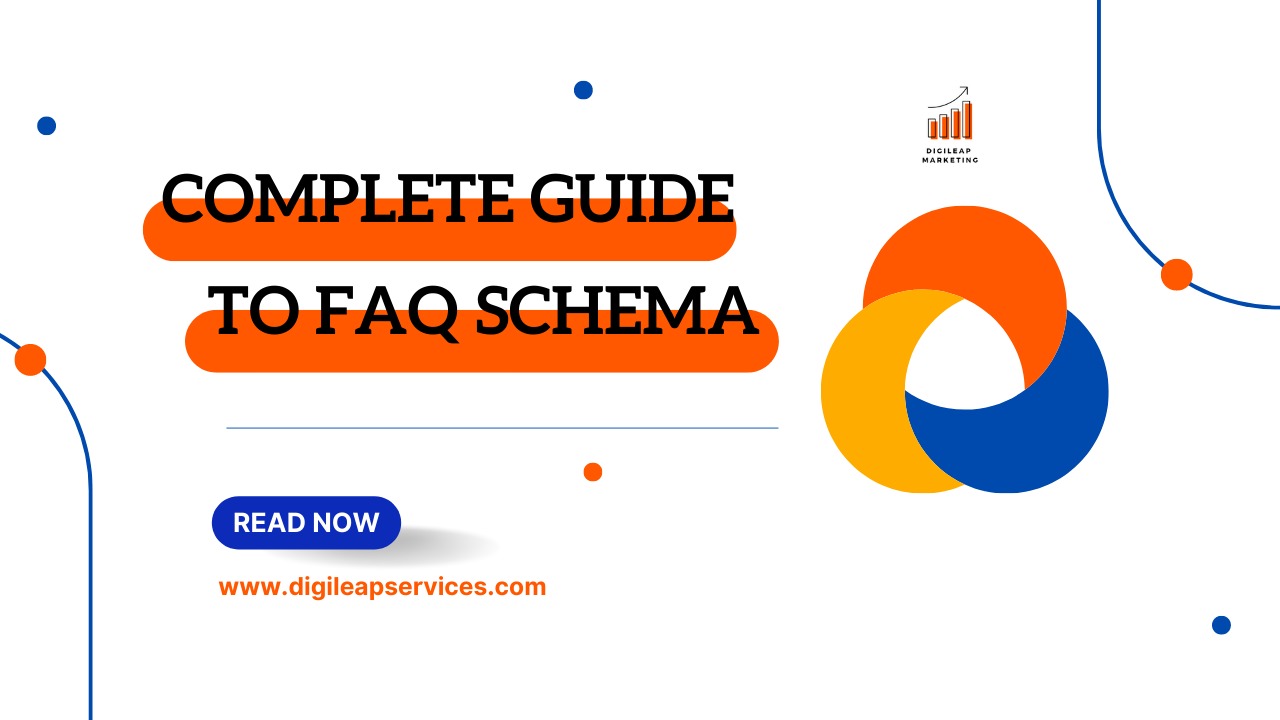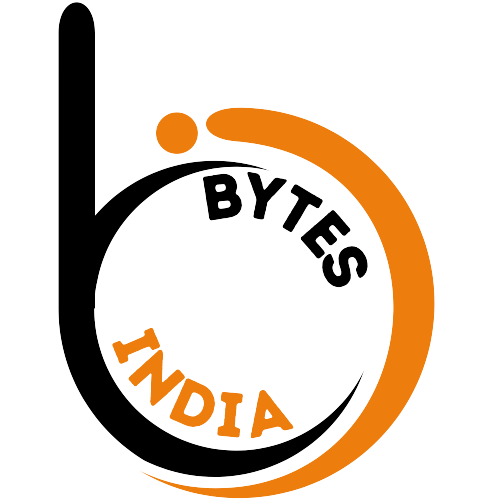Complete guide to FAQ schema
The code you use on your website to tell search engine that the material is in a question and answer style is called a FAQ schema. To build, manage, and promote schemas for structured data on the Internet, in email messages, and elsewhere, a schema was created in 2011. The FAQ structure can also be applied to brand questions and responses. There is a greater likelihood that customers will have many inquiries about your goods or services if you are a part of a brand.
The Frequently Asked Questions page contains a list of questions and answers about a specific topic. You must first select the markup before introducing schema to your website. FAQ schema markup is a type of structured data that allows your website to appear as a rich snippet in Google search results pages (SERPs). Rich results can have a positive and uplifting effect on your digital marketing performance. This is because they help you stand out in the rankings. FAQ-rich snippets provide users with answers to frequently asked questions without forcing them to leave the results.
It completes a fantastic piece of content. Some tips for creating high-quality FAQ page content include updating the information regularly, putting the most important or common questions at the top of the list, adding a search feature, and simplifying the way it is organized by grouping it into different topic sections with sub-headers ( you can also use numbers to list out questions). Including FAQs in your blogs is critical because it allows you to deal with any special questions your customers may have about your company, products, or services.
To implement FAQ SEO on your website, simply enter the questions in the text box, click submit, and then copy the FAQ scheme. Open the source code of the relevant web page where you want this structured data to appear. Add the HTML FAQs and then paste this FAQ scheme code exactly below the HTML FAQs. You can increase traffic to your website without improving your SERP position by using the FAQ Schema generator. By implementing FAQ Schema markup, our FAQ Schema generator opens the door to FAQ-rich results.
You might also FAQ schema can be used on several pages of a website, however, if your questions and answers are duplicated on multiple pages, you should not use mark up on all of them. Furthermore, there is no guarantee that your FAQ system would assist your channel in gaining more space in the search results. One advantage of including a FAQ scheme is greater visibility, which means that searchers see more content from a single site (possibly yours), and links to frequently asked questions are incorporated.
The top benefits of using FAQ schema are:
1) Improved click-through rates for your website: – Any website owner would appreciate higher click-through rates, which FAQ schema may deliver. FAQ schemas take up a significant section of a search engine result page, and it is not difficult to see how FAQ schema results can lead to additional clicks.
2) Typical leads are of higher quality: – Some leads convert into business and others that do not. Because it suggests that a user is specifically looking for an answer or solution to something, FAQ schema leads are more likely to convert.
3) Amazon Alexa or Google Siri can read your responses: – Amazon Alexa and Google Siri virtual assistant speakers get a few of their responses directly from FAQ schema.
FAQ Schema works by website owners inserting a code into the backend of one of their website’s webpages that informs Google that particular content is given in a question and answer format. The advantages of FAQ schema will be widely publicised. So don’t put off incorporating it into your SEO plan.
Just be aware that there is the possibility of someone abusing the FAQ format here. Google has already taken precautions to reduce FAQ schema misuse. However, you can stay ahead of all of this by implementing it effectively today and distinguishing out with quality FAQ content that your consumers know they can rely on.












